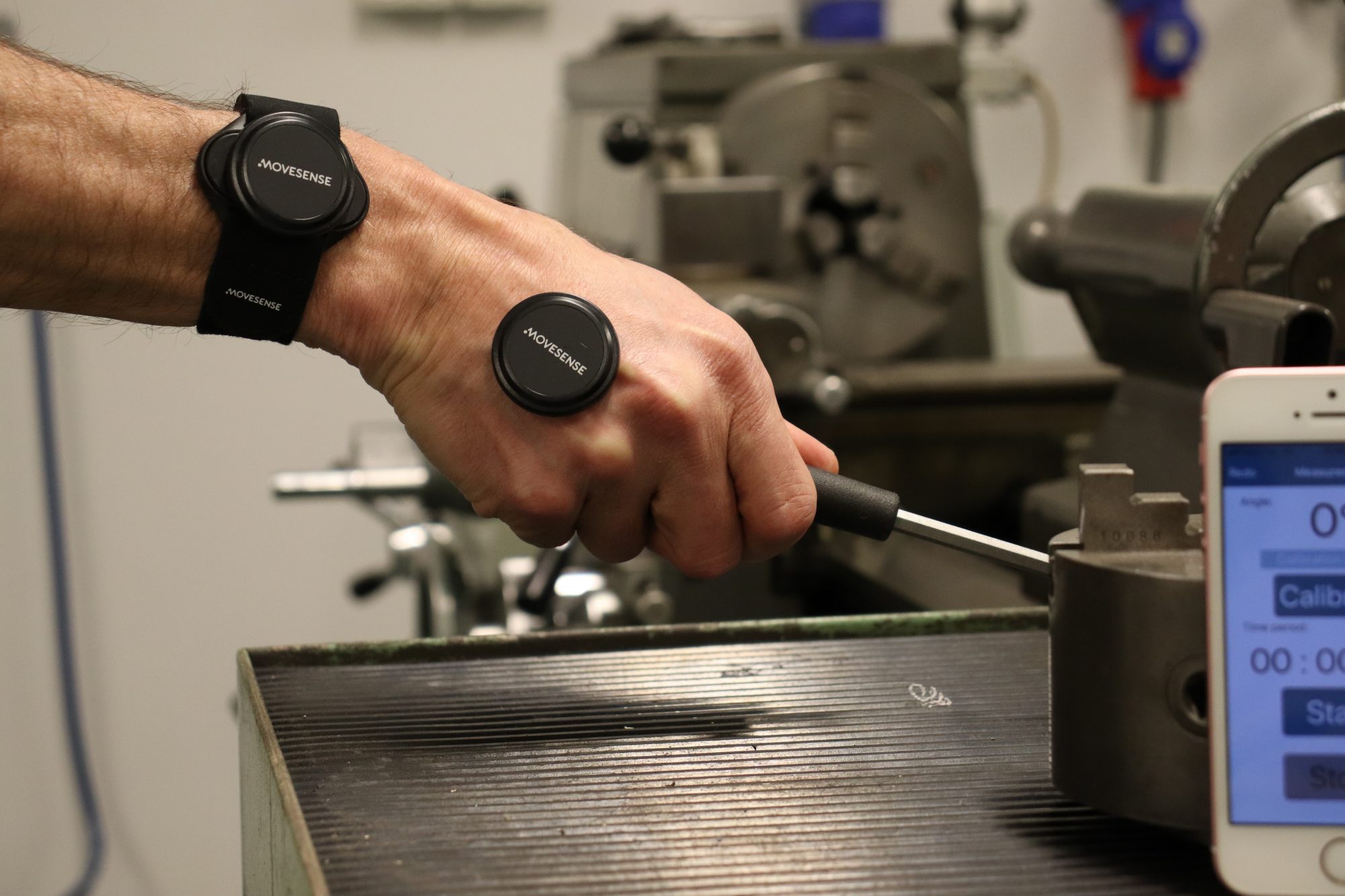Four New Projects Join Movesense Academic Program

Movesense Academic Program supports scientific research projects with top of the line data collecting tools for measuring movement and physiology. The program selects new projects on quarterly basis and equips them with Movesense sensors and Kaasa Data Collector mobile app.
The program has been received with great enthusiasm in the academic world and the number of applications has been a positive surprise to us.
In the first wave in the end of 2019, we invited five projects to the program. In the quarter 1 2020 round, four new research teams will join. The new projects are introduced below.
We are now accepting applications for Q2 and expect to select the next projects in the end of May. To apply, read first the program overview that includes a link to the application form.
Training Load with Elite Gymnasts
French Federation of Gymnastics & Université de Franche-Comté, France
The project aims at estimating the training load of elite gymnasts to help the coaches to manage their training programs. First, researchers will establish the mechanical characteristics of the elements performed by the gymnasts during their competitive routine and during their training sessions. This characterization is used to count how many times the gymnasts perform each of the different exercises during their training programs.
Training Load Monitoring in Youth Soccer – a Pilot Study
University of Calgary, Sport Injury Prevention Research Center, Canada
Previous studies suggest that majority of knee and ankle ligament injuries occur in non-contact situations during landing, pivoting or cutting maneuvers. There is growing evidence that training load is also associated with risk of lower extremity injuries. There is a considerable research gap in existing literature investigating training load in youth sport and understanding the mechanism of lower extremity injuries. The aim of this study is to develop a protocol to quantify direction changes and training load by measuring biomechanical movement patterns in youth soccer using inertial measurement units and workload using heart rate sensors.
Ergonomics – risk assessment of hand intensive repetitive work
KTH Royal Institute of Technology, Division of Ergonomics, Sweden
Work-related musculoskeletal disorders are common in all countries. Repetitive wrist movements are an established risk factor. Assessment of repetitive movement is unreliable if made by observation and technical measurements are today expensive and complicated. In this project, we aim to develop a smart easy-to-use method for wrist velocity measurements to be used by work health actors, e.g. ergonomists and physiotherapists. (Featured photo: KTH / Dr. Liyun Yang)
Development of Orthopaedic Wearable Technology for Equine Athletics to Optimize Performance and to Minimise Injury
Colorado State University, College of Veterinary Medicine and Biomedical Sciences, USA
Human and animal athletes and their trainers have a growing interest in objective measurement of training, conditioning, performance and health, with the goal of optimizing performance without suffering over-conditioning and injury. Orthopaedic injuries, with a prevalence up to 40-50% depending on discipline, have massive economic and welfare implications to the equine industry. The targets of this project are to validate the use of wearable technology (Movesense sensor) to gather limb-based kinematic data and to develop a motion based algorithm with the ultimate goal of optimising orthopaedic tissue health while minimizing injury.
